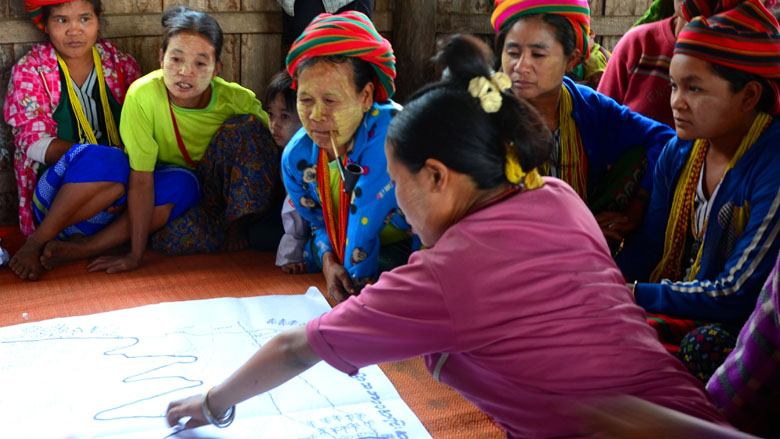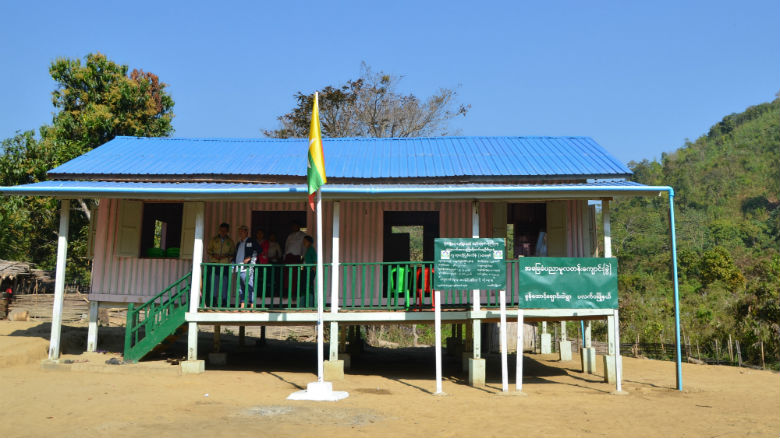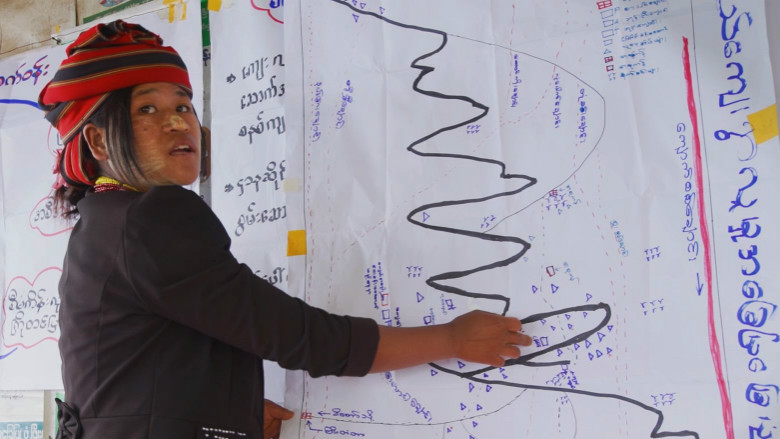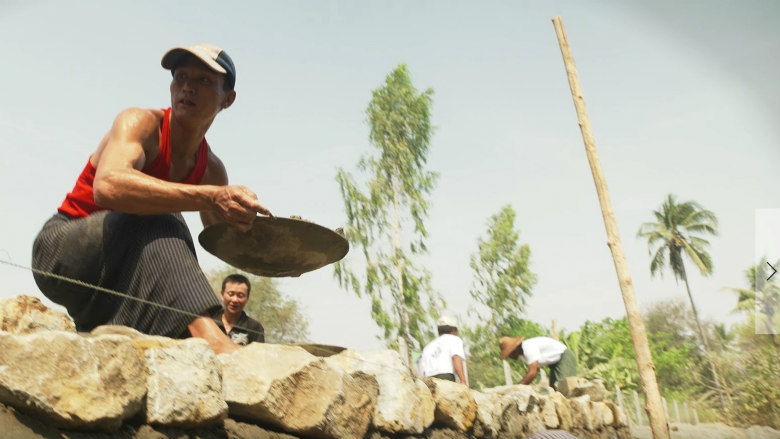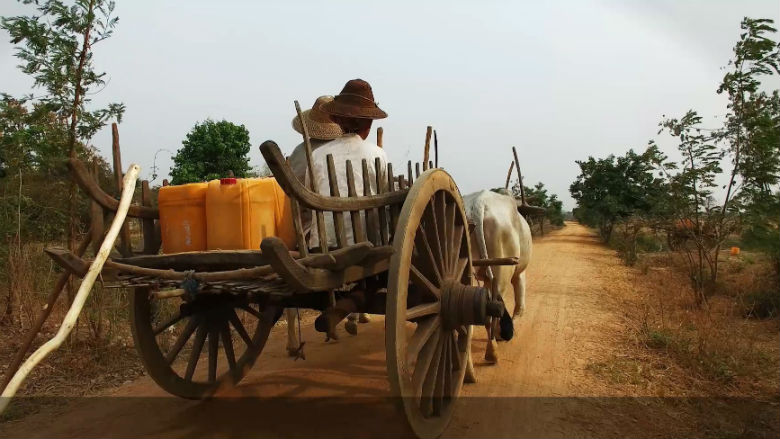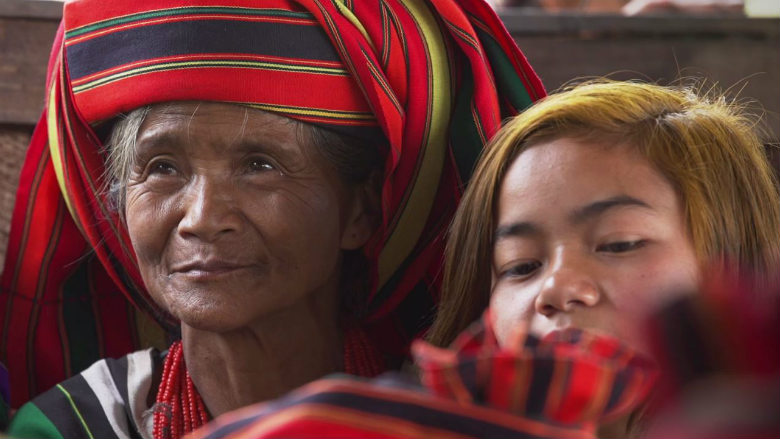Many students in Paletwa, the most isolated township in Myanmar’s impoverished Chin state, were hesitant about attending their local schools. Some of these school buildings’ roofs were destroyed by cyclones, soaking the students during class in the rainy season and distracting them and their teachers from lessons.
Thu Htay Kune can still remember injuring his legs when he fell into the holes of his school’s bamboo floor. Now, a few years later as a facilitator for Myanmar’s National Community Driven Development Project (NCDDP), Thu Htay Kune’s most proud of his role in supporting school renovations in his township.
“Education is very important,” said Thu Htay Kune. “If people are not educated, we don’t have a future. When a school building is in good condition, parents don’t need to worry about their children studying in the rain, students can concentrate better than before and there’s better attendance.”
The NCDDP arrived in Mon Htauk Chaung Hte Village, Chin State, two years ago and enabled its residents to identify and implement the public investment they needed most—be it a bridge, road or water supply. The project finances four annual cycle block grants in participating village tracts, each an of average size of USD $33,000, which is transferred into community bank accounts and managed by the villagers.
In Mon Htauk Chaung Hte Village, villagers—both men and women, ethnic minorities and other marginalized groups—decided to renovate their deteriorating school. Each community member played their part by procuring materials, mixing concrete, painting school walls, and carrying sand while learning new skills and earning daily wages.
